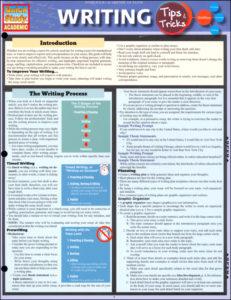Bloggers – Avoid the 5 Big Mistakes Advisors Make

“When dealing with the media, there are five common mistakes that financial advisors tend to make, “ writes Sally Cates in Financial Planning Magazine. “I should know,” Cates remarks (for 25 years, she’s been helping advisors have discussions with reporters).
I should know, too. As a now-retired financial planning practitioner who trains blog content writers, the mistakes Cates mentions are the same ones I often notice in business blogs. Although reporters are not our business owner or practitioner clients’ target readers, we writers need to avoid committing the same “doozies” Cates lists:
Too general a message
“Reporters like examples, case studies, interesting details, and fascinating client situations,” Cates coaches advisers. (Blog readers find those details and case studies engaging.)
TMI (too much information)
Don’t provide too much technical detail, Cates tells the advisors. “Your article shouldn’t require a law degree to decipher.” Use true stories to highlight the mechanics.
Over-sharing
Don’t vent about prior firms or share resentments about co-workers or job conditions, Cates cautions. In similar vein, I caution blog content writers to avoid bashing competitors, focusing on their own strengths.
Delayed response
Reporters work on tight deadlines, so call them back promptly, Cates tells advisors. The equivalent in the blogosphere is allowing too much time to elapse between posting. Frequency and regularity earn “Brownie points” from both readers and search engines.
Being disorganized
Prepare talking points for each interview, Cates says, including data to support the points you want to make. Business bloggers need to curate – and property attribute – materials from different sources to support the points and add value for readers.
We should all know these things, of course, but Sally Cates’ piece is a good reminder to avoid those 5 big interview/marketing mistakes!
.





Follow us online!